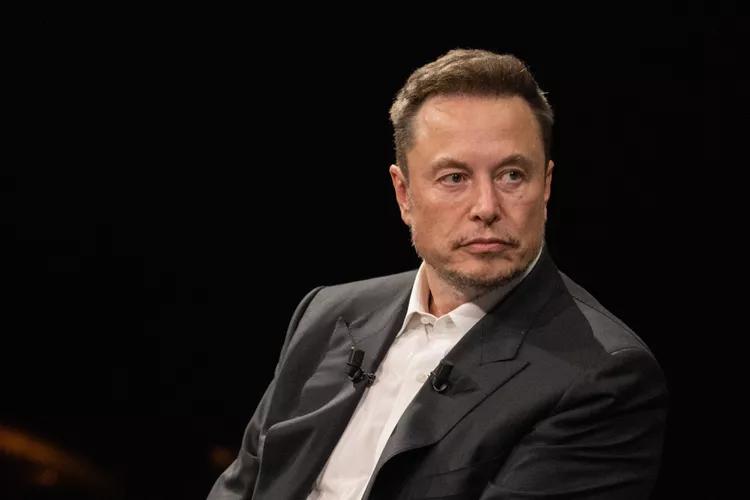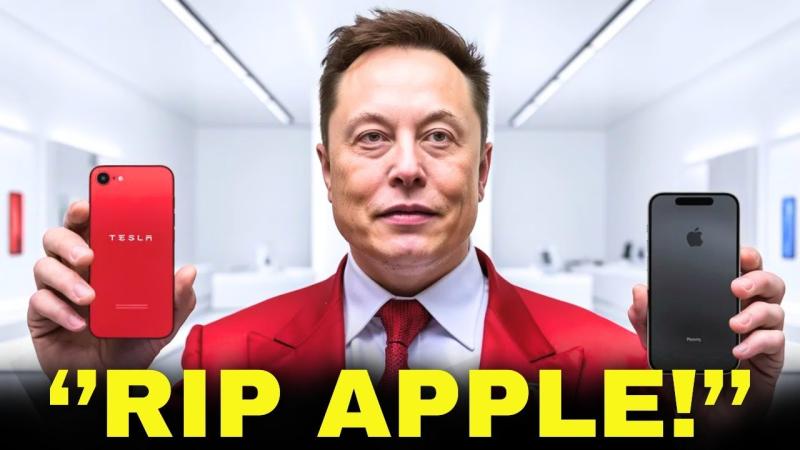Biography of Elon Musk: A Visionary Entrepreneur Shaping the Future

Elon Musk is one of the most talked-about figures in modern history, a man whose bold visions have shaped multiple industries, from space exploration to electric vehicles. His audacity, innovation, and relentless drive have placed him at the forefront of conversations about the future of humanity. Let’s dive into the life of this visionary entrepreneur.
Early Life and Family Background
Elon Musk was born on June 28, 1971, in Pretoria, South Africa. He grew up in a family that encouraged curiosity and learning. His father, Errol Musk, was an engineer, while his mother, Maye Musk, worked as a model and dietitian. Elon was the oldest of three children, with a younger brother, Kimbal, and sister, Tosca.
From an early age, Musk was known for his intense focus and fascination with the future. He had a strained relationship with his father and often immersed himself in books, science fiction, and computer programming to escape.
Education and Early Interests
Musk’s love for technology began at a young age. By the age of 10, he was already learning how to program, and at 12, he created and sold his first software, a game called Blastar.
His education journey began in South Africa, but after finishing high school, Musk was eager to leave and explore bigger opportunities. He initially moved to Canada to attend Queen’s University in Kingston, Ontario, before transferring to the University of Pennsylvania in the U.S. There, he earned degrees in both physics and economics. His academic background laid a solid foundation for his future ventures, blending technological know-how with an understanding of business.
First Steps in Entrepreneurship
Musk’s entrepreneurial journey began in 1995 when he and his brother Kimbal founded Zip2, a software company that provided city guide solutions to newspapers. It was a tough start, as Musk slept in his office and worked tirelessly to get the company off the ground. His efforts paid off when Compaq acquired Zip2 for nearly $300 million in 1999, earning Musk his first major windfall.
The Creation of X.com and PayPal
After the success of Zip2, Musk dived into his next project, X.com, an online payment company. His vision was to revolutionize banking by making transactions easier and more accessible through the Internet. X.com eventually merged with another company, Confinity, to become PayPal, a name now synonymous with online payments.
Musk’s decision to focus on PayPal’s growth paid off when eBay bought the company for $1.5 billion in stock in 2002, adding to his growing fortune.
SpaceX: Revolutionizing Space Travel
Not one to rest on his laurels, Musk turned his attention to space exploration. His interest in space was fueled by a desire to make humanity a multi-planetary species. In 2002, he founded Space Exploration Technologies Corp., or SpaceX, with the ambitious goal of reducing the cost of space travel and eventually colonizing Mars.
SpaceX faced numerous challenges in its early years, with three failed rocket launches nearly bankrupting the company. However, in 2008, the fourth launch of the Falcon 1 rocket was a success, making SpaceX the first privately funded company to send a liquid-fueled rocket into orbit. This was a game-changing moment, leading to contracts with NASA and establishing SpaceX as a serious player in the space industry.
Since then, SpaceX has made tremendous strides, launching reusable rockets like the Falcon 9 and developing the Dragon spacecraft, which delivers cargo to the International Space Station. Musk’s ultimate vision is to send humans to Mars, and with the development of the Starship, he is getting closer to that goal.
Tesla: Transforming the Automotive Industry
While SpaceX was soaring, Musk also had his sights set on transforming the automotive industry. He joined Tesla Motors in 2004, a company founded by engineers Martin Eberhard and Marc Tarpenning. Although not a founder, Musk played a crucial role in shaping the company’s future as its CEO and product architect.
Tesla’s mission was to accelerate the transition to sustainable energy through electric vehicles. The company’s first major success came with the release of the Tesla Roadster, followed by groundbreaking models like the Model S and Model 3, which became widely popular. Today, Tesla is one of the most valuable car companies in the world, setting the standard for electric vehicles and inspiring a wave of competitors.
SolarCity and the Push for Renewable Energy
Musk’s passion for renewable energy didn’t stop with electric cars. In 2006, he co-founded SolarCity with his cousins, Lyndon and Peter Rive. SolarCity aimed to make solar power affordable and accessible to the masses, reducing dependence on fossil fuels.
In 2016, Tesla acquired SolarCity, integrating solar energy solutions into its product offerings. The move solidified Musk’s commitment to creating a sustainable future by combining electric vehicles, energy storage, and solar power under one umbrella.
The Hyperloop: High-Speed Transportation Vision
In 2013, Musk unveiled the concept of the Hyperloop, a high-speed transportation system that could whisk passengers through tubes at speeds exceeding 700 miles per hour. The idea was born out of Musk’s frustration with traffic and the limitations of traditional transportation systems.
While Musk didn’t pursue the Hyperloop himself, he encouraged others to develop the concept, and several companies are currently working to bring this futuristic mode of transportation to life.
The Boring Company: Underground Infrastructure
In another bid to solve traffic woes, Musk founded The Boring Company in 2016. The company aims to create a network of underground tunnels to alleviate congestion in cities. The first test tunnel was completed in Hawthorne, California, and future projects include proposed tunnels in major cities like Las Vegas.










Comments